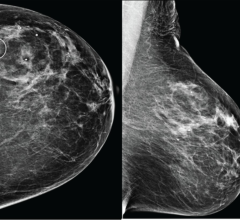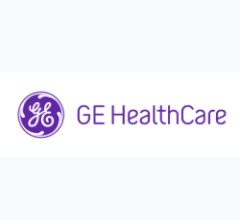
May 1, 2012 - The use of a dedicated pediatric imaging department, with dedicated pediatric computed tomography (CT) technologists, for pediatric CT scans significantly reduces the radiation dose delivered to the patient, according to a study in the May issue of the Journal of the American College of Radiology.
When performed and monitored properly, the benefits of CT scans outweigh the potential long-term risk of radiation. To minimize the potential adverse effects of radiation exposure to pediatric patients, it is necessary to reduce the dose of radiation delivered to these patients while preserving the diagnostic quality of the images produced.
“There are many strategies for reducing radiation dose. The use of protocols with adjusted exposure parameters for pediatric patients on the basis of child size, organ system scanned and the size of the region scanned is most notable. However, compliance with these protocols can be challenging for technologists, particularly when scanning a combination of adult and pediatric patients,” said Heather L. Borders, M.D., lead author of the study.
A retrospective review of abdominal and pelvic CT console dose and exposure parameter data on 495 patients from a combined pediatric and adult radiology department and subsequently 244 patients from a dedicated pediatric radiology department was performed. Patients were divided into 1 of 8 weight categories for analysis.
A statistically significant decrease in the estimated effective dose for abdominal and pelvic CT studies was observed in all but one of the weight categories at the pediatric radiology department compared with the pediatric and adult radiology department.
“Imaging pediatric patients in a dedicated pediatric imaging department with dedicated pediatric CT technologists may result in greater compliance with pediatric protocols and significantly reduced patient dose,” said Borders.
“Conversely, greater scrutiny of compliance with pediatric dose-adjusted CT protocols may be necessary for departments that scan both children and adults,” she said.
For more information: www.jacr.org


 December 03, 2025
December 03, 2025 









